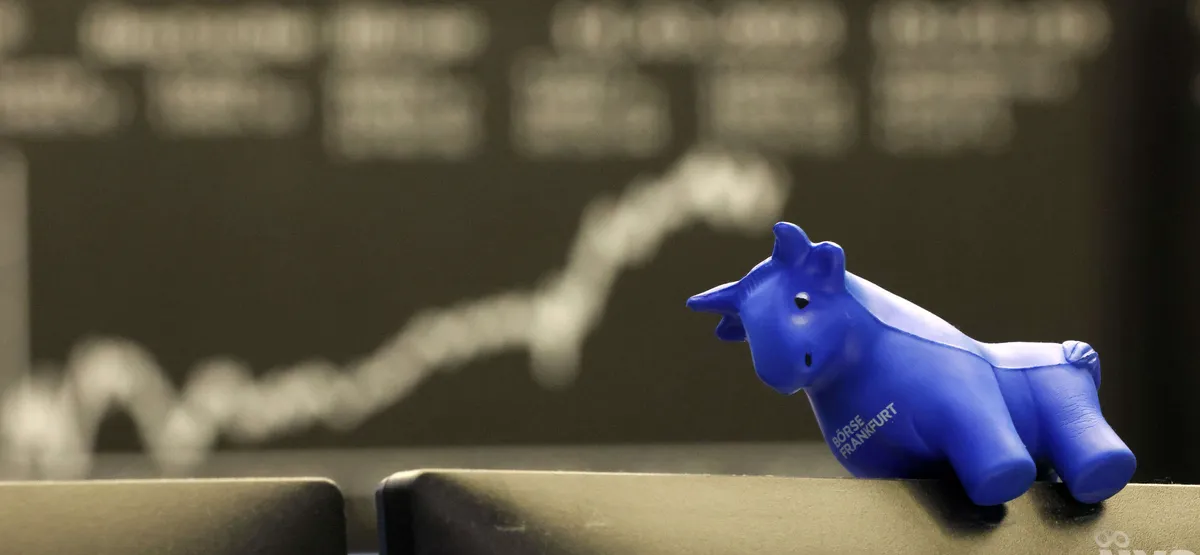- Thu. Apr 18th, 2024
Latest Post
Exploring the Depths of Family and Morality: A World Premiere at Tribeca Festival
In the “Escape From Tribeca” section of the upcoming Tribeca Festival, science-fiction drama “She Loved Blossoms More” will be making its world premiere. Directed and co-written by Yannis Veslemes, the…
Israel Stands Strong Against Iran: Army Intercepts 90% of Missiles Launched in Direct Retaliation Attack
Following an unprecedented attack on Israel by Iran in response to a strike on its consulate in Damascus, the Israeli army issued a stern warning to Iran. Daniel Hagari, army…
Red Bull Media House Nominated for a Sports Emmy Award for Outstanding Digital Innovation in Hard Enduro Broadcasting
Red Bull Media House has been nominated for a Sports Emmy Award in the category of Outstanding Digital Innovation for their broadcast of the Red Bull Erzbergrodeo during round two…
Amplifying Public Health: CWRU MPH Students Present Real-World Solutions at Spring 2024 Conference
The spring 2024 Public Health Innovations Conference is taking place on April 18-19 and is open to members of the Case Western Reserve University community. Hosted by the Master of…
European Stock Market Rises Amid Global Inflation and Interest Rate Concerns
The European stock market saw a small rise in the morning, driven by encouraging earnings news from notable companies such as Danone and ABB. This was despite lingering concerns about…
Breaking Records: Elizabeth Dekkers Sets New All Comers Record in 200m Fly at 2024 Australian Open Championships
At the 2024 Australian Open Championships, Elizabeth Dekkers set a new All Comers Record in the 200m fly event with a time of 2:05.20. This was not only a new…
Nokia: Navigating Challenges in a Changing Telecom Landscape
Nokia, a leading wireless and fixed-network equipment manufacturer, recently announced their first-quarter financial results which showed a smaller profit than expected and a significant decrease in sales. The company reported…
EU Summit Tackles Controversial Issues: Ukrainian Crisis, Iran’s Air Attacks, and Competitiveness within the Internal Market
The European Union is set to hold a two-day summit in Brussels to discuss foreign relations and competitiveness within the internal market. Prime Minister Petteri Orpo of Finland, representing his…
Arsonist Arrested: The Dangers of Playing with Fire in Public Spaces
A man was arrested for setting a bush on fire in front of a business. The incident took place in a public space where the man intentionally set the bush…
Middle East Tensions Boil Over: Israel-Iran Standoff Threatens Stability and Security in the Region
The delicate and complex geopolitical dynamics in the Middle East were once again brought to the forefront this week, with potential repercussions for the region’s stability and security. According to…




